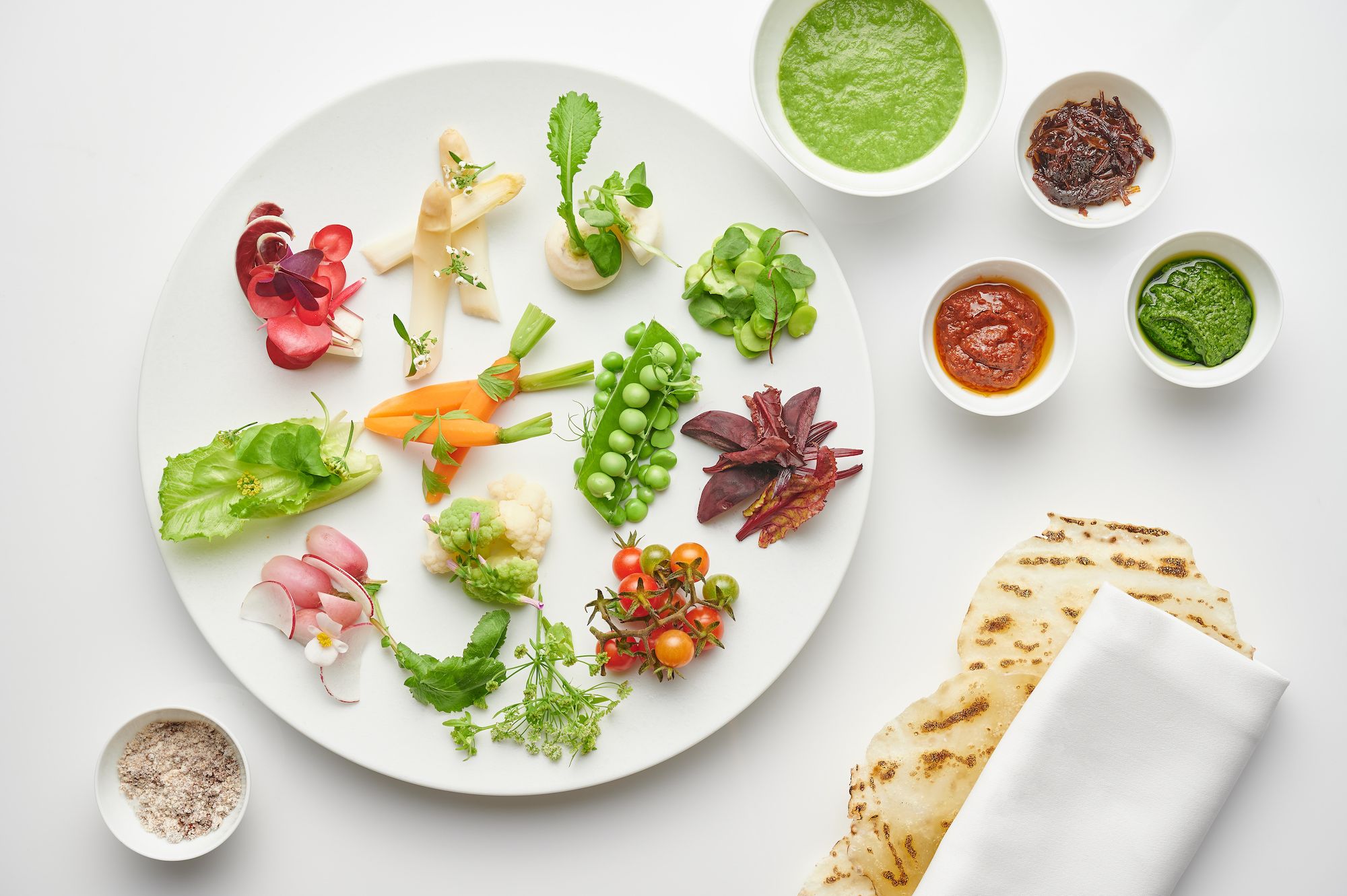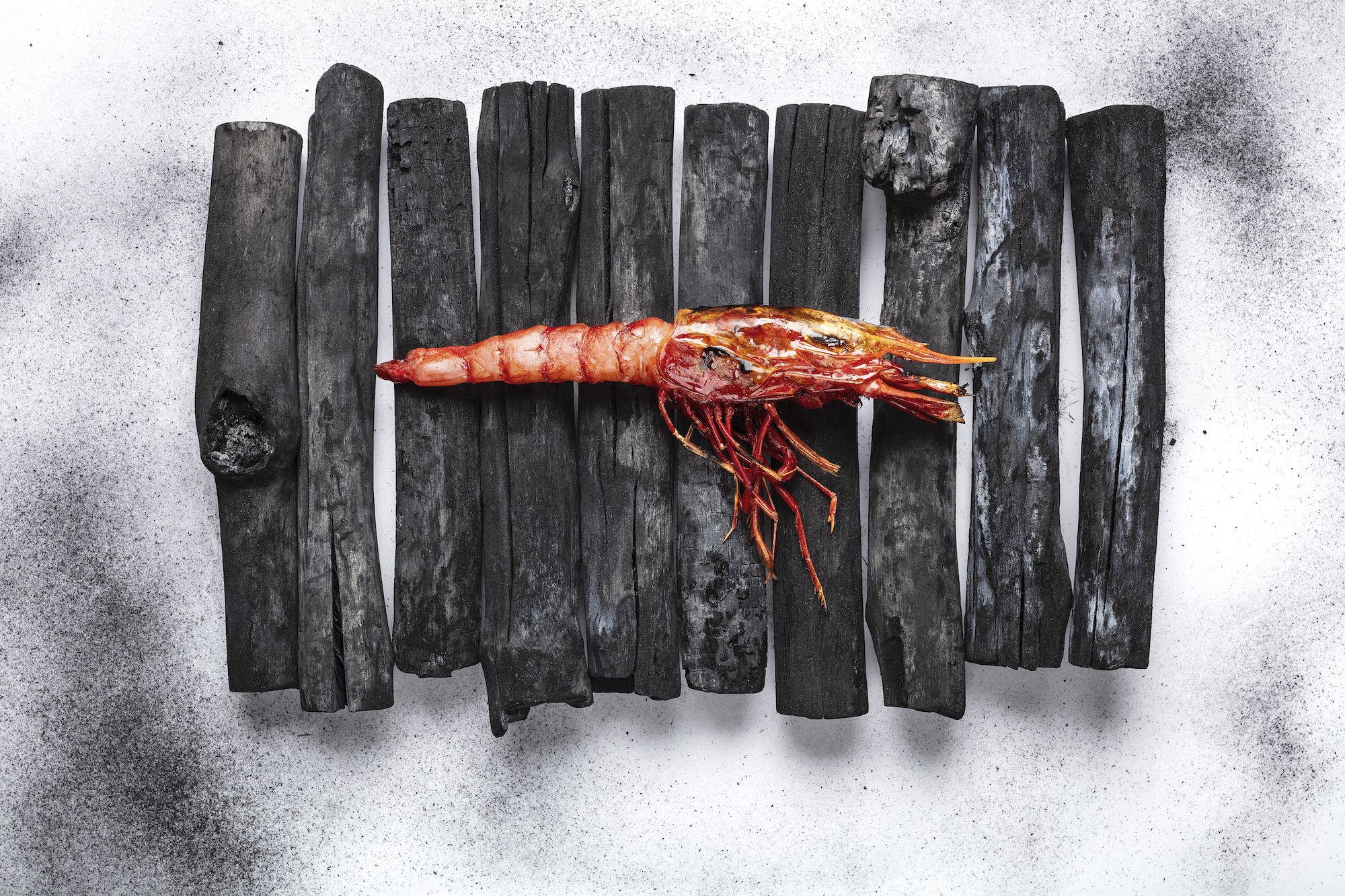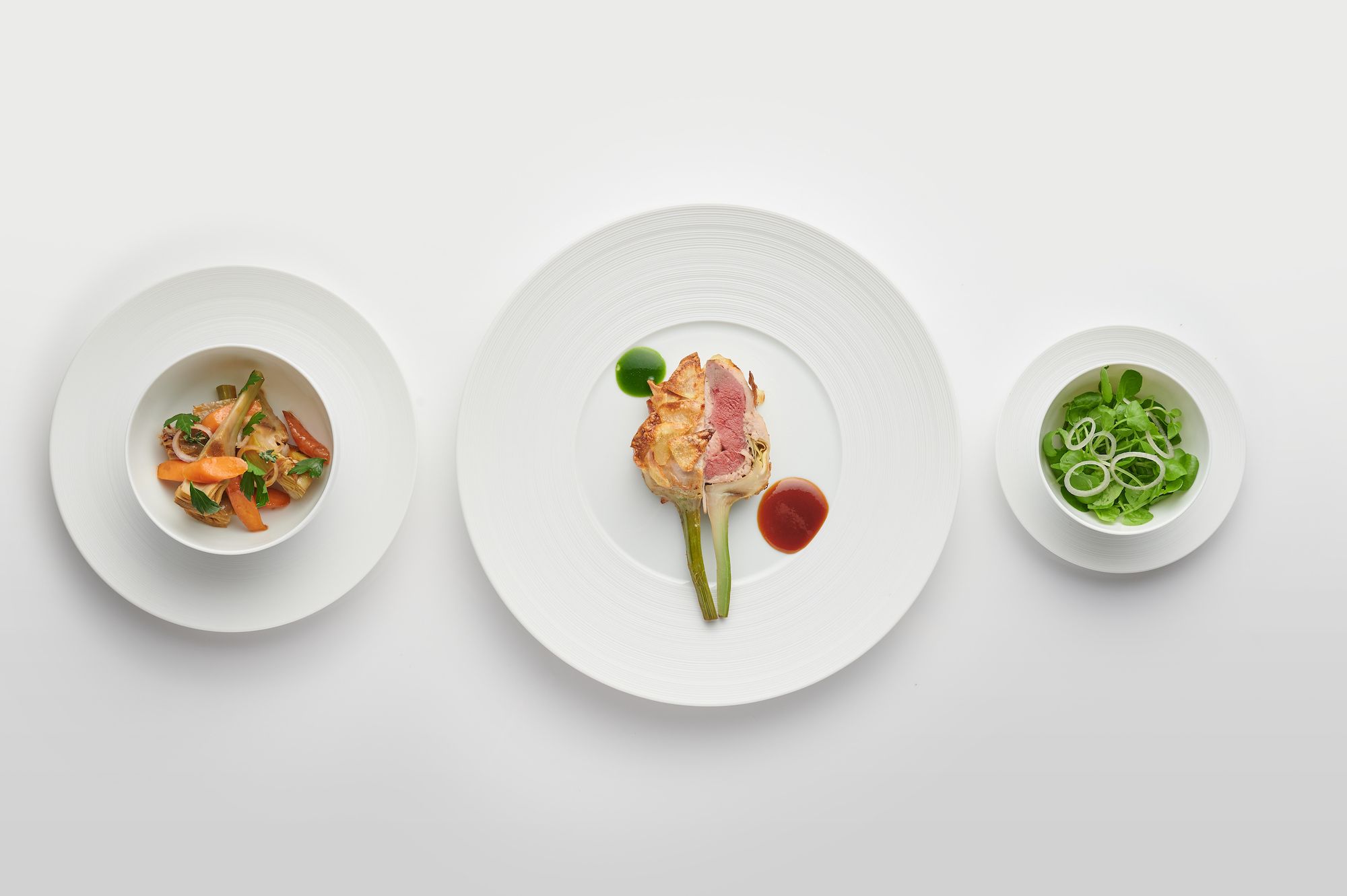The German-born chef at Island Shangri-La's Petrus restaurant dishes on his favourite foraged ingredients, as well as the importance of seasoning
With over 33 years of experience under his belt—nearly half that time spent in Hong Kong—chef Uwe Opocensky has made his mark in the city with his innovative modern European dishes that highlight seasonal ingredients. As the executive chef at Island Shangri-la and their flagship restaurant Petrus, Opocensky departs from tradition, often finding ways to highlight locally sourced ingredients and fresh produce from local farms rather than rely on imports, with the help of Shangri-La’s private forager.
The chef shares his expertise on the subject, dishing on the ingredients that have changed the cooking game for him over the years.
Related: Everyone Should Know How To Cook Rice, Says Chef Jowett Yu

What are the ingredients you look out for each season?
In the springtime, I love asparagus. Summer is the time for fruit and berries to shine. In Autumn, I would buy game—grouse, in particular. And as for winter, it has to be seafood, especially king crabs or scallops which are always a favourite.
You work with a local forager. What are some of the foraged ingredients you've discovered and loved?
- Wild pepper leaves: They really are a must have for their smoky flavour.
- Ginger flowers: So sweet. They pair brilliantly with seafood too.
- Passionfruit: It’s less acidic, and much more sweet. They're just amazing to work with, really.


